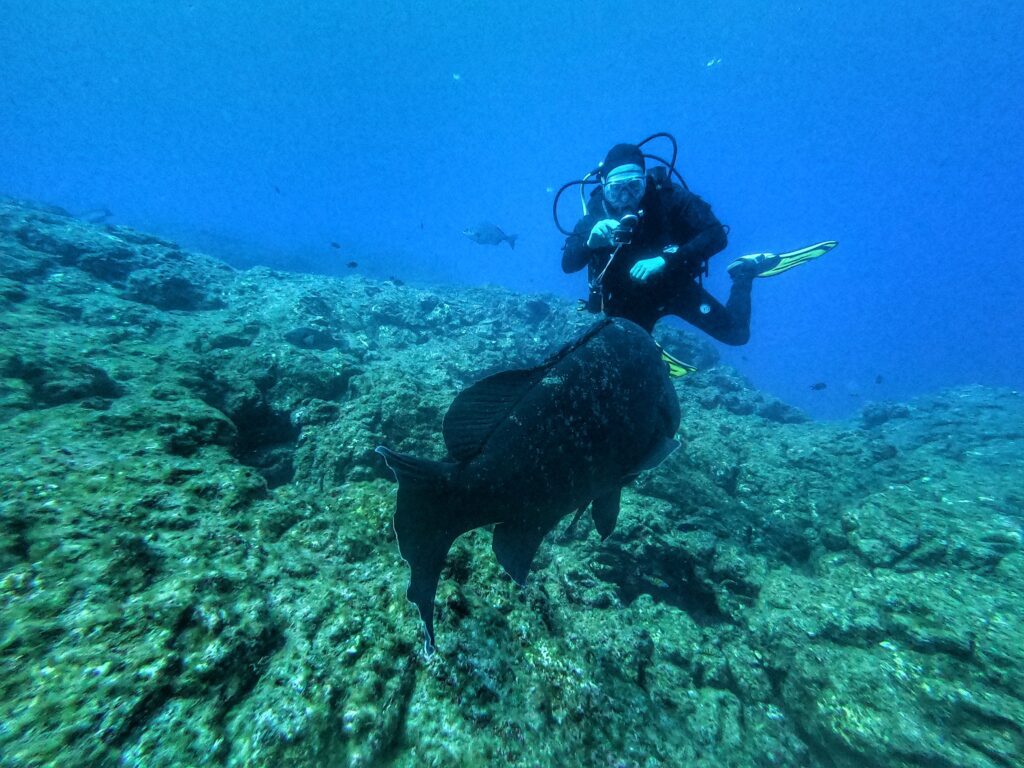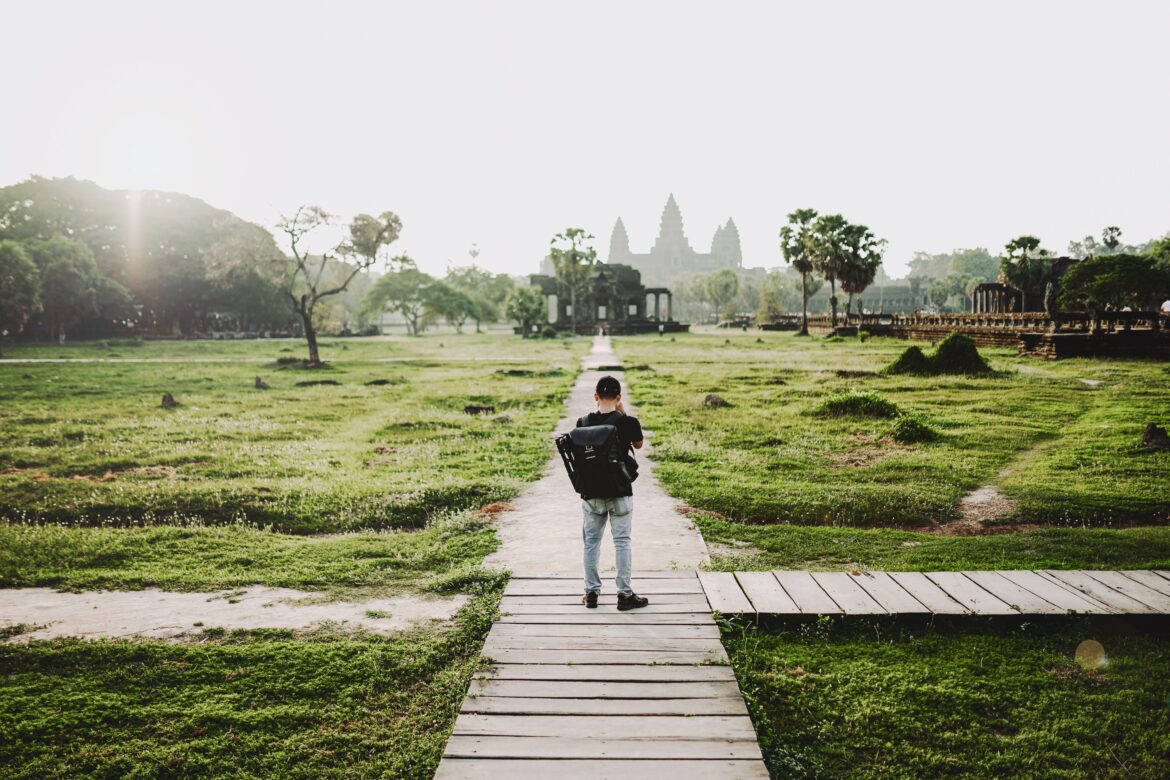Things you should adhere to before traveling to Cambodia.
- About Cambodia
- Travel Visa Requirements for Cambodia
- Cambodia Travel Itineraries
- How to Travel around Cambodia
- How to Reach Cambodia
- Best Time to Visit Cambodia
- Accommodation in Cambodia
- Food and Drinks in Cambodia
- Culture of Cambodia
- Activities in Cambodia
About Cambodia
- Speakable language Khmer
- Currency Riel (r) or the US dollar
- 16 million people.
- Phnom Penh, the capital
- Theravada is a religion. (97%), Islam, Christianity, Animism, and Buddhism
- Flag: An image of Angkor Wat appears on the Cambodian flag. It is the only national flag that features a picture of a structure
Travel Visa Requirements for Cambodia
Everyone from outside Cambodia needs a visa, except citizens of a few Southeast Asian nations. The validity of a tourist visa is 30 days. All airports and border crossings offer on-site issuance of tourist visas. To apply for a visa, you must have two passport photos. Additionally, evisa.gov.kh allows you to pre-process your tourist visa online. You still need to submit a digital image for e-visas; processing takes three days. Only the Poipet, Koh Kong, and Bavet land crossings and airports accept e-visas. Full details are available on the website.
One month can be added to a tourist visa once. For a fee, numerous hotels and travel agencies will assist you in getting your key extended. You can also get a business visa, which allows multiple entries and can be grown in several ways. The Cambodia travel basics guide has further information.
Cambodia Travel Itineraries
The well-planned itineraries in our Cambodia travel guide will motivate you to maximize your time there. These itineraries include the city and fabled Temples of Angkor, two of the most visited locations in Cambodia.
Additionally, you can use this chance to explore Cambodia’s natural beauty off the usual path. There is a schedule that will work for both your interests and your time constraints.
The Grand Tour includes Phnom Penh, the country’s capital, the famous Angkor temples, floating villages, mountains, forests, and the hedonistic beach islands in the south. You will also visit floating villages and rivers and lakes. The Wild Cambodia travel tour includes kayaking, forest treks, and jungle trekking to find waterfalls, dolphins, elephants, gibbons, and more.
The Undiscovered Cambodia itinerary combines travels to calm, secluded townships and villages with remote sites that still need to be swamped with tourists. The Koh S’dach archipelago excursion, which offers a genuine sense of Cambodia’s coastline, is included in the program. A lost-in-the-jungle sensation may be had in the extreme northwest of Cambodia, and you can learn about Khmer Rouge history at Anglong Veng.
How to Travel around Cambodia
Consider the mode of transportation as an experience when organizing your route around Cambodia. Traveling across the nation is a lot simpler than it used to be because of significant upgrades made to the roads over the previous five years. The bus system connects all crucial towns. The bus is typically the cheapest and most practical means of transportation.
Other choices for road transport include minibusses and “sharing taxis.” Although they can get ridiculously crowded, share taxis are faster than catching the bus. For a front seat all to yourself, you can ask to pay approximately twice the regular rate. The entire cab might be rented for a fee as well.
You can rent a tuk-tuk or a motorcycle for quick local travel for the day. A tuk-tuk is a motorbike-drawn passenger vehicle. In Cambodia, renting a self-drive vehicle is difficult, but you can hire a car with a driver. For quick excursions, Phnom Penh now offers cyclos and three-wheeled cycle rickshaws.
You might decide to travel through Cambodia by boat. Both Siem Reap and Battambang are accessible by boat from Phnom Penh. Regular ferries and fast catamarans connect Sihanoukville and Koh Rong in the south.

How to Reach Cambodia
Phnom Penh and Siem Reap both have large international airports. There are no straight flights from Europe to Cambodia. Hong Kong, Singapore, Bangkok, Kuala Lumpur, Ho Chi Minh City, and many other cities are among the places you can travel to get to Phnom Penh and Siem Reap.
From nearby nations, it is also feasible to enter Cambodia by land. There are various locations in Thailand, Vietnam, and Laos where you can cross the border.
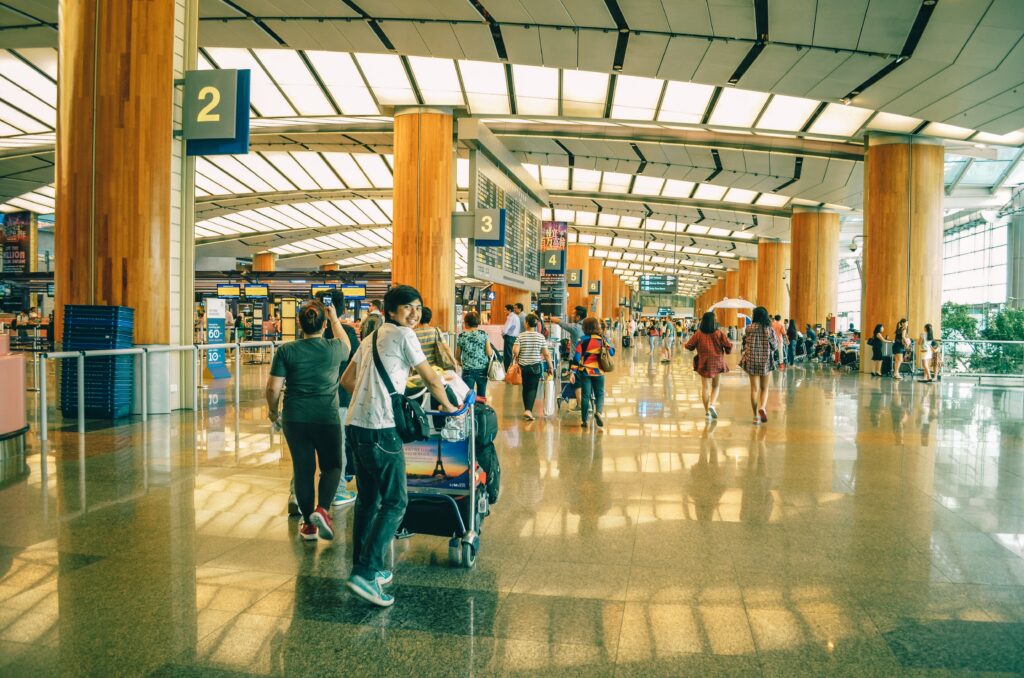
Best Time to Visit Cambodia
Depending on what you intend to accomplish when you get there, you may choose the ideal time of year to visit Cambodia. Despite having a wet season, Cambodia is warm all year round.
The weather is more humid and hotter in Cambodia between March and May. Now is a terrific time to go if you’re heading to the shore. November through February are cool enough for sightseeing if you visit Cambodia to see the temples. The busiest months for travelers may be December and January.
The countryside in Cambodia is at its grassy during the rainy season. This time of year presents difficulties for traveling in Cambodia, and flooding is frequent. However, mornings are generally dry because rain typically only occurs in the afternoon. You’ll also avoid crowds if you travel during the rainy season.
Accommodation in Cambodia
Finding a place to stay is usually not a problem in Cambodia’s major cities because many options are available. Every provincial town also offers affordable lodging options. Budget lodging is often quite affordable, costing about $7 to $8 per night. A double bed is typically found in hotel rooms.
Budget guesthouses and hostels that cater to tourists are also available in Phnom Penh, Siem Reap, and Sihanoukville. A night in a hostel can cost as little as $2. Though technically prohibited in Cambodia, camping is permitted in select areas, such as on beaches and islands along the south coast.
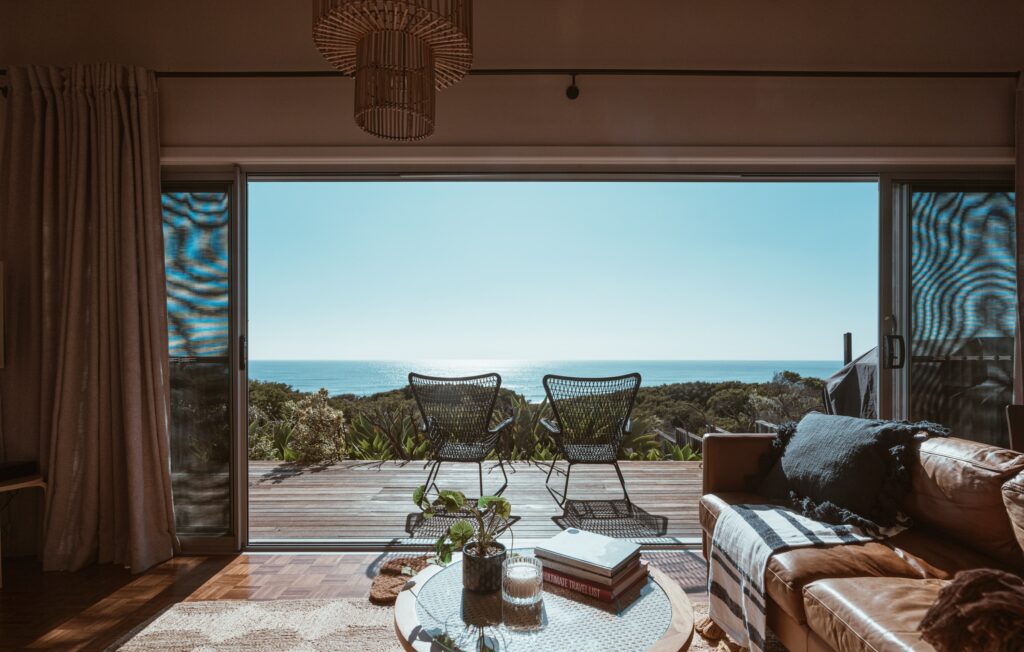
Most often, only the tourist destinations and major towns have mid-range and luxurious lodging. There is a wide variety of opulent abodes in Phnom Penh, Siem Reap, Battambang, Sihanoukville, and Kep. Choices include elegant shops, picturesque resorts built in the traditional Khmer style, and five-star chain hotels.
Food and Drinks in Cambodia
French cuisine and many other Asian nations have influenced Cambodian cuisine. Compared to Thai cuisine, Cambodian cuisine is milder, and herbs, spices, and chilies are frequently served on the side rather than incorporated into the dish. Lemongrass and coriander are flavorings that are subtly added to food. Fish amok with bamboo-leaf infusion is the national dish of Cambodia. Most menus include stir-fries, delectable rice, and curry dishes made with coconut milk.
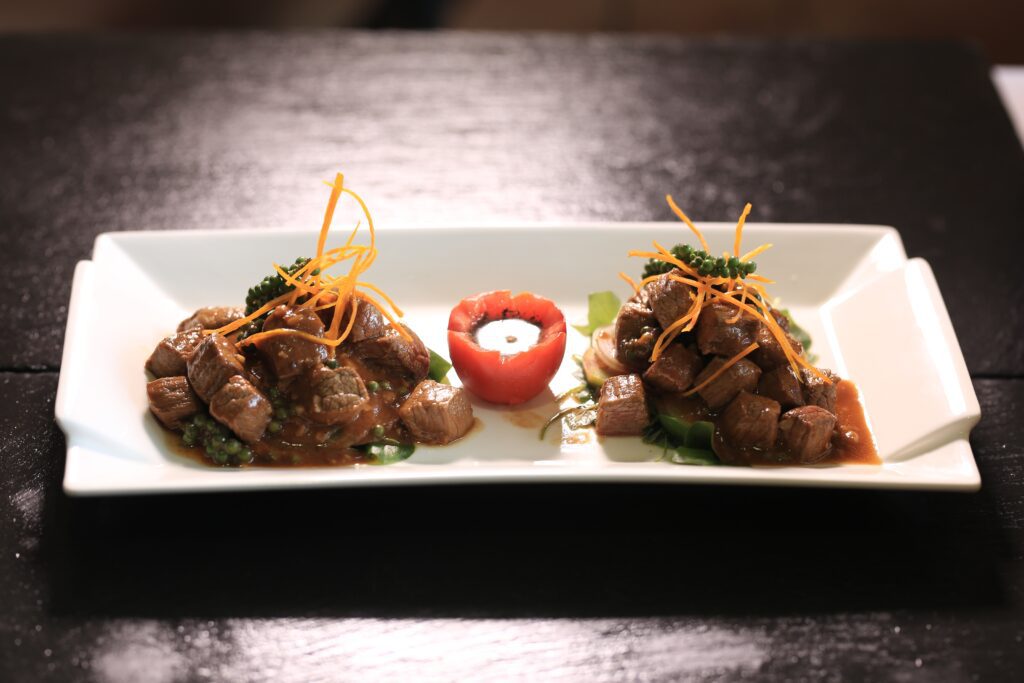
Vietnamese cuisine that is popular locally may also be discovered. With countless coffee selections and baguettes in the French style, the menus here also exhibit French influences. Markets and mobile food vendors sell Khmer cuisine. You can fill up on stir-fries, noodle dishes, and stuffed baguettes.
Green tea and fruit smoothies are popular drinks in Cambodia. From late afternoon, stalls are set up in communities around the nation. Additionally offered are the delicious iced sugarcane juice and green coconut juice. The national beer of Cambodia is called Angkor, produced in Sihanoukville by a joint Australian-Cambodia company.
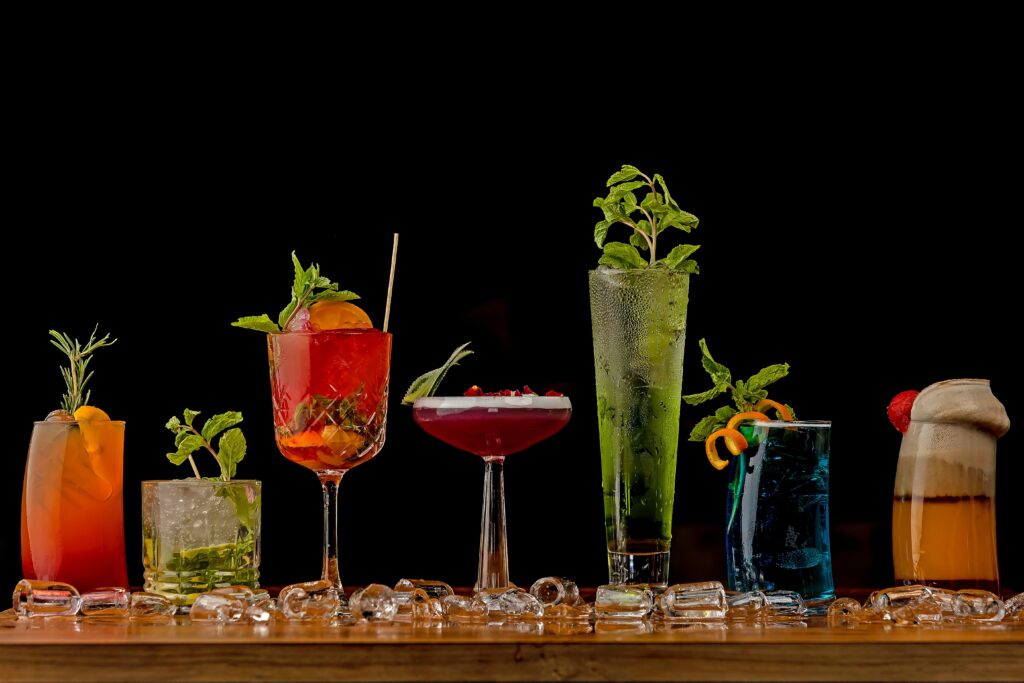
Culture of Cambodia
The conservative people of Cambodia take pride in maintaining their cleanliness and appearance. If visitors to Cambodia are nicely dressed, locals will respect them more. Both men and women dress modestly. Unless you’re at a beach resort, avoiding wearing skimpy clothing like shorts is better. Before entering a Cambodian temple or residence, take off your shoes. It is essential to protect your legs and shoulders when visiting temples.
Any public shows of affection between men and women should be avoided. Even foreigners holding hands might embarrass Cambodians.
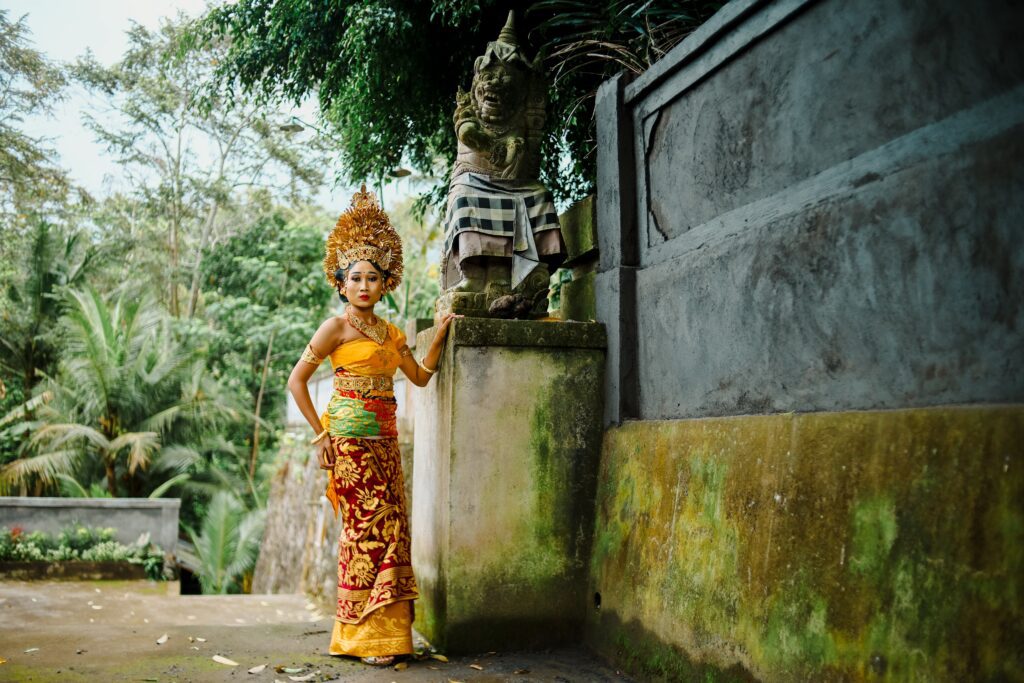
Activities in Cambodia
There are many sports and activities available in Cambodia. The slopes covered in trees surrounding Koh Kong offer excellent hiking opportunities. Local guides can lead teams or individuals on treks into the jungle and Virachey National Park in the northeast, particularly around Banlung and Sen Monorom. A week to a day can pass between expeditions.
There are fantastic chances for scuba diving and snorkeling in and around Cambodia. In Sihanoukville and the surrounding islands, numerous PADI diving shops offer certification and enjoyable day trips.
Around the Mekong River in the northeast, you can go cycling and kayaking. The Cardamom Mountains, Angkor’s temples, Stung Treng, Kratie, and other locations provide organized bike tours.
